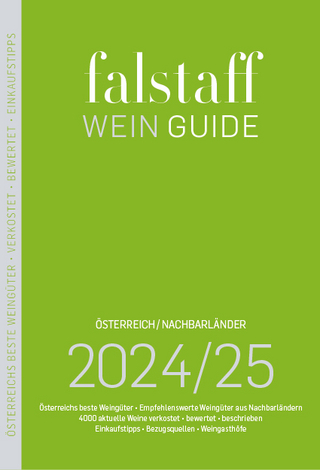
Creole Italian
Sicilian Immigrants and the Shaping of New Orleans Food Culture
Seiten
2018
University of Georgia Press (Verlag)
978-0-8203-5355-5 (ISBN)
University of Georgia Press (Verlag)
978-0-8203-5355-5 (ISBN)
Explores the influence Sicilian immigrants have had on New Orleans foodways. Justin Nystrom's culinary journey follows these immigrants from their first impressions on Louisiana food culture in the mid-1830s. Each chapter touches on events that involved Sicilian immigrants and the relevancy of their lives and impact on New Orleans.
In Creole Italian, Justin A. Nystrom explores the influence Sicilian immigrants have had on New Orleans foodways. His culinary journey follows these immigrants from their first impressions on Louisiana food culture in the mid-1830s and along their path until the 1970s. Each chapter touches on events that involved Sicilian immigrants and the relevancy of their lives and impact on New Orleans. Sicilian immigrants cut sugarcane, sold groceries, ran truck farms, operated bars and restaurants, and manufactured pasta. Citing these cultural confluences, Nystrom posits that the significance of Sicilian influence on New Orleans foodways traditionally has been undervalued and instead should be included, along with African, French, and Spanish cuisine, in the broad definition of “creole.”
Creole Italian chronicles how the business of food, broadly conceived, dictated the reasoning, means, and outcomes for a large portion of the nearly forty thousand Sicilian immigrants who entered America through the port of New Orleans in the nineteenth and early-twentieth centuries and how their actions and those of their descendants helped shape the food town we know today.
In Creole Italian, Justin A. Nystrom explores the influence Sicilian immigrants have had on New Orleans foodways. His culinary journey follows these immigrants from their first impressions on Louisiana food culture in the mid-1830s and along their path until the 1970s. Each chapter touches on events that involved Sicilian immigrants and the relevancy of their lives and impact on New Orleans. Sicilian immigrants cut sugarcane, sold groceries, ran truck farms, operated bars and restaurants, and manufactured pasta. Citing these cultural confluences, Nystrom posits that the significance of Sicilian influence on New Orleans foodways traditionally has been undervalued and instead should be included, along with African, French, and Spanish cuisine, in the broad definition of “creole.”
Creole Italian chronicles how the business of food, broadly conceived, dictated the reasoning, means, and outcomes for a large portion of the nearly forty thousand Sicilian immigrants who entered America through the port of New Orleans in the nineteenth and early-twentieth centuries and how their actions and those of their descendants helped shape the food town we know today.
JUSTIN A. NYSTROM is an associate professor of history at Loyola University in New Orleans and director of the Center for the Study of New Orleans. He is the author of New Orleans after the Civil War: Race, Politics, and a New Birth of Freedom and the director of the documentary film This Haus of Memories.
| Erscheinungsdatum | 02.08.2018 |
|---|---|
| Reihe/Serie | Southern Foodways Alliance Studies in Culture, People, and Place Series |
| Mitarbeit |
Herausgeber (Serie): John T. Edge Berater: Sara Camp Milam |
| Zusatzinfo | 31 black & white images |
| Verlagsort | Georgia |
| Sprache | englisch |
| Maße | 152 x 229 mm |
| Gewicht | 370 g |
| Themenwelt | Sachbuch/Ratgeber ► Essen / Trinken |
| Sozialwissenschaften ► Ethnologie | |
| Sozialwissenschaften ► Soziologie | |
| ISBN-10 | 0-8203-5355-8 / 0820353558 |
| ISBN-13 | 978-0-8203-5355-5 / 9780820353555 |
| Zustand | Neuware |
| Haben Sie eine Frage zum Produkt? |
Mehr entdecken
aus dem Bereich
aus dem Bereich


